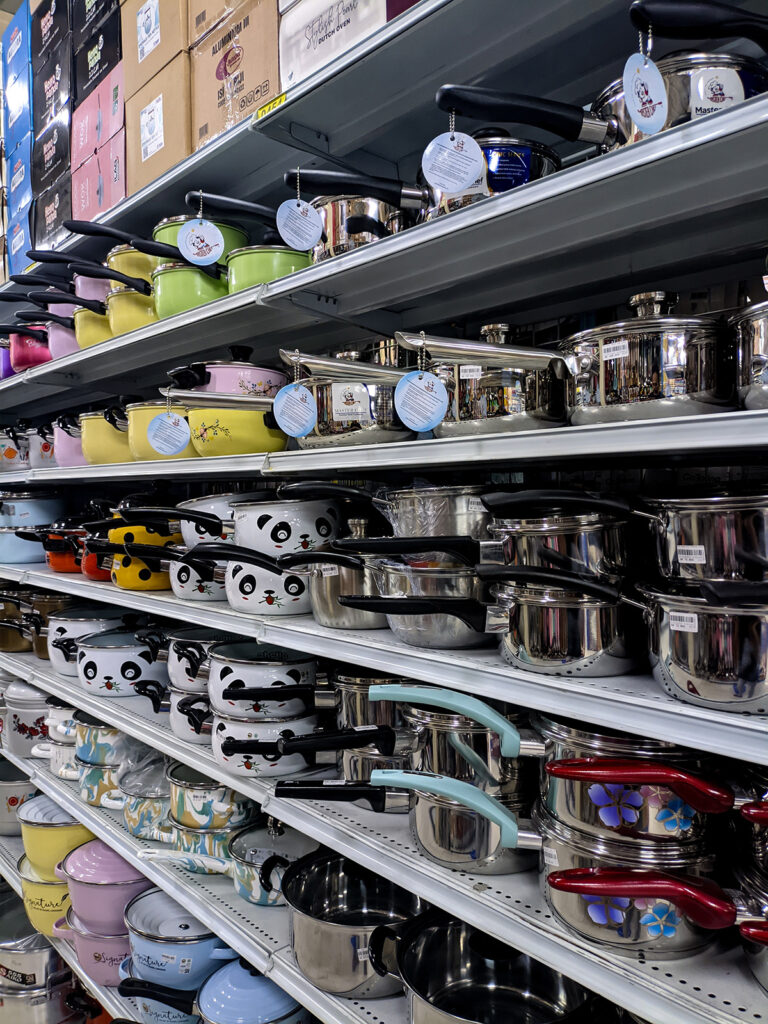
What Happened?
A new Washington State law, passed unanimously by the legislature and signed by Governor Inslee, prohibits manufacturers from making, selling, offering for sale, or distributing for sale or use in the State, any metal cookware1 with a component containing more than five parts per million (ppm) of lead by the end of 2025. Cookware includes any container or device intended for the preparation or storage of food. Previously owned cookware made in casual or isolated sales or by a nonprofit organization is exempt.
At the same time, retailers and wholesalers are prohibited from knowingly selling or offering for sale any cookware over that five ppm limit. Violators are subject to a civil penalty of $5,000 for a first violation and $10,000 for each repeated offense. After 2034, the Washington Department of Ecology, in consultation with the Department of Health, may lower the five ppm limit if it finds that it is feasible and necessary to protect human health.
Why it Matters
FDA allows lead to be used in food packaging, cookware, and food service items. As recently as 2022 in its Model Food Code for retail food service, the agency explicitly allows pewter to contain as much as 500 ppm of lead, and solder and flux as much as 2,000 ppm.
In other situations, FDA focuses not on how much lead is in the food service items, but rather how much can be leached into food from use. In the same 2022 Model Food Code, the agency allows as much as 0.5 ppm (500 ppb) of lead to be leached into food from ceramic mugs, cups, and pitchers, and 2 ppm (2,000 ppb) from small bowls.2 These levels are similar to those that triggered FDA to issue urgent warnings to the public as part of the massive recall of applesauce pouches that harmed more than 500 people.
The agency is also inconsistent in how it considers and communicates the risk. For example, on June 1, 2023, FDA sent the Seattle/King County Hazardous Waste Management Program a letter providing guidance on how to evaluate whether metal cookware is prohibited due to lead leaching into food, saying “the marketing in interstate commerce, including importation, of cookware that exhibits any level of leachable lead upon testing is prohibited.”3 FDA encouraged the Program to “feel free to share this letter or any of its contents with Amazon.com, Inc., and any other firms involved in the marketing or sale of cookware.” Inexplicably, the agency did not post the letter on its website despite requests by Unleaded Kids and others.
Finally, the agency has failed to act on a December 2020 citizens petition to update its standards and explicitly ban the use of lead in food contact materials.
Our Take
We applaud Washington State for acting and encourage more states to consider similar action. If enough states act, it can fill FDA’s shortcomings. In addition, state action prompts industry to press FDA to act.
Using total metal content as a surrogate for the amount leaching into food makes practical sense because, as we have seen with CPSC and children’s products, it is more straightforward to enforce. It also may be more protective in the long run. While leachability may be a better measure of the risk to the consumer when the cookware is new, it does not necessarily consider the potential risk if the cookware degrades over time, as happens when protective coatings are damaged from anticipated use. The approach will also have the beneficial effect of reducing lead exposure to workers and neighboring communities where the cookware is manufactured as well as from recycling and disposal.
The five ppm limit on any component of cookware will be a challenge, especially since it applies without regard to whether the component is in direct contact with food. In our experience, bronze, brass, and tin commonly have levels well over that limit, and many circuit boards still use lead solder.
States Have a Long Track Record on Limiting Lead in Packaging
States have long filled the gaps left by federal inaction. Many states4 explicitly ban the intentional use of lead, cadmium, mercury, and hexavalent chromium in any component of packaging, including food packaging.5 The components include metals and inks. With some variations, those states also limit the incidental contamination of these four heavy metals to a total of 100 ppm.
States also have mechanisms to enforce the limits. Packaging makers must certify compliance to buyers and provide information to states. In some cases, these laws date back to the 1990s and were often designed to improve the recyclability of packaging. The Toxics in Packaging Clearinghouse coordinates implementation of the state legislation on behalf of member states.
These laws apply only to packaging and not cookware. However, Washington State’s new law broadly defines cookware to include any item that stores food, which would include packaging. In these cases, the 5 ppm limit, rather than the 100 ppm one, would apply.
Next Steps
We strongly encourage cookware manufacturers to proactively meet the limits in the Washington State law for all products sold in the US.
We will also continue to press FDA to update their standards and act on the long-ignored citizen petition.
- “‘Cookware’ means any metal pots, pans, bakeware, rice cookers, pressure cookers, and other containers and devices intended for the preparation or storage of food.” Section 1(2) of HB 1551 (2024). ↩︎
- Leaching is measured using hot vinegar per ASTM C738-94. ↩︎
- See blog by Environmental Defense Fund for details. ↩︎
- California, Connecticut, Iowa, Minnesota, New Hampshire, New Jersey, New York, Rhode Island, and Washington State. See here for comparative analysis for the details. ↩︎
- States such as Washington and Maine have also adopted limits on other toxics such as PFAS or ortho-phthalates in packaging. ↩︎
